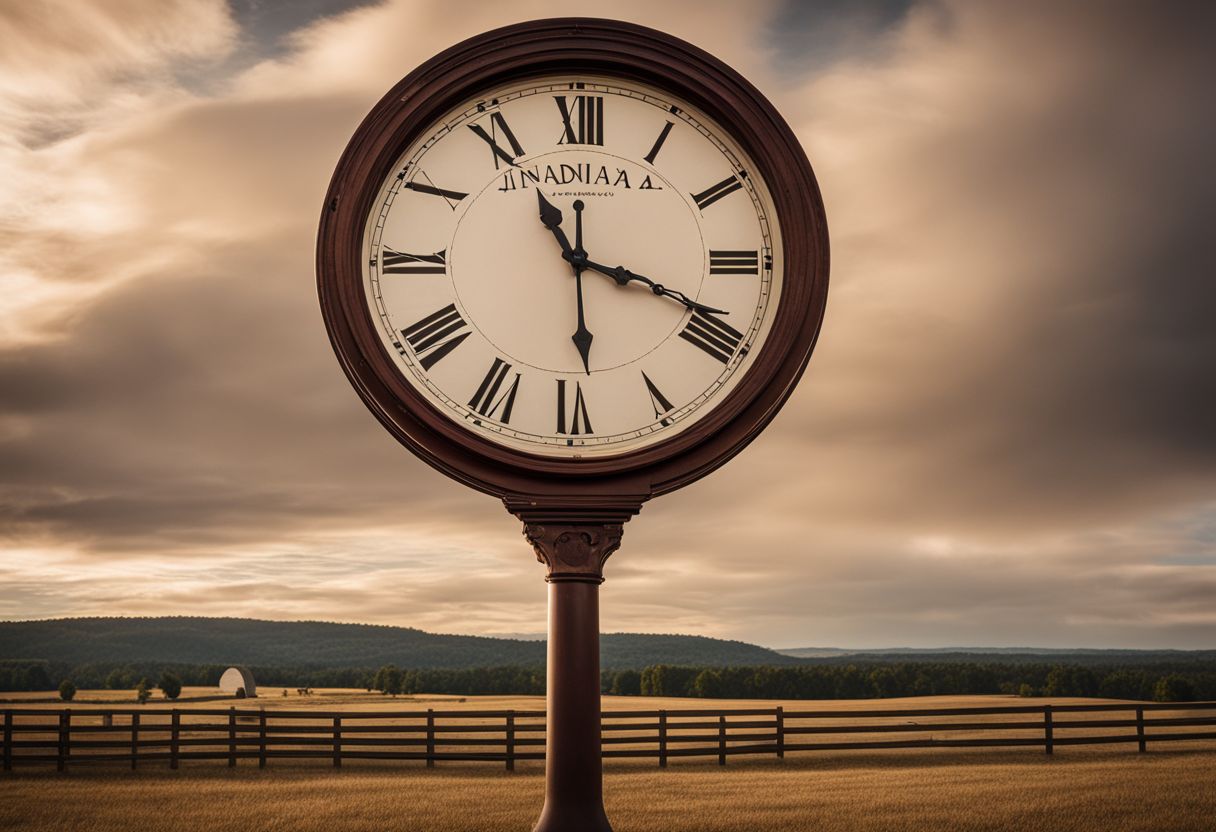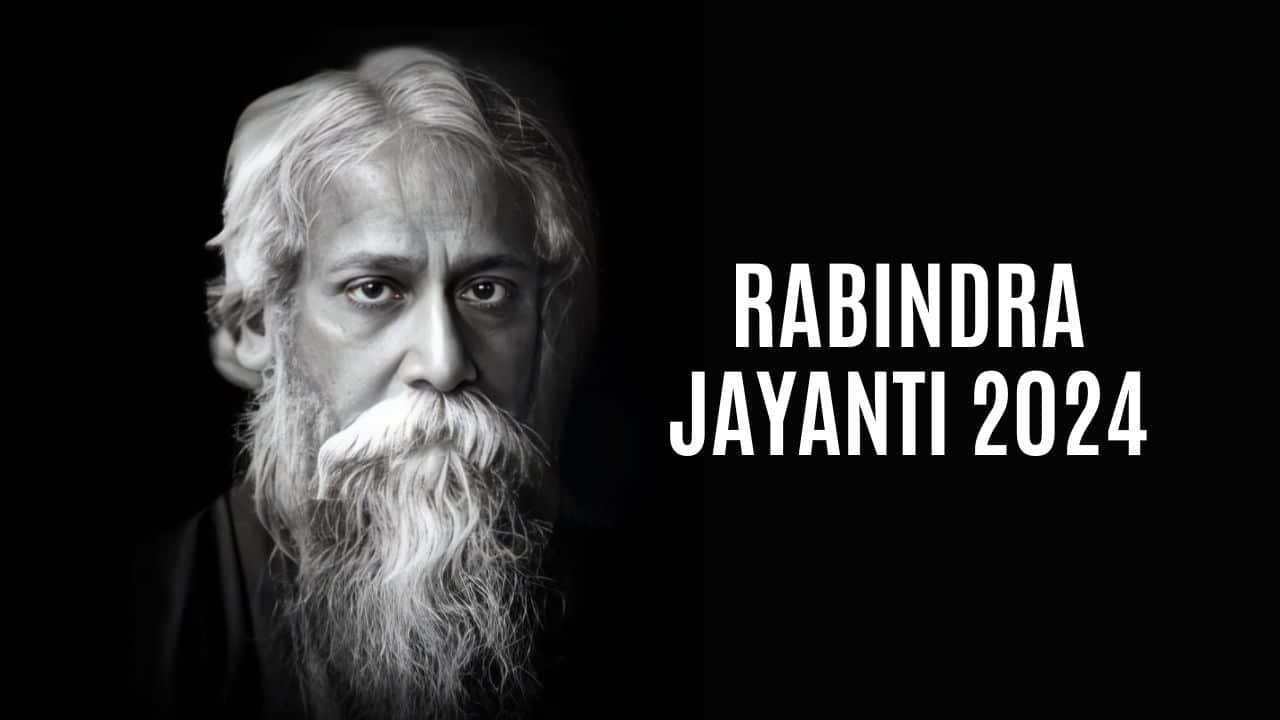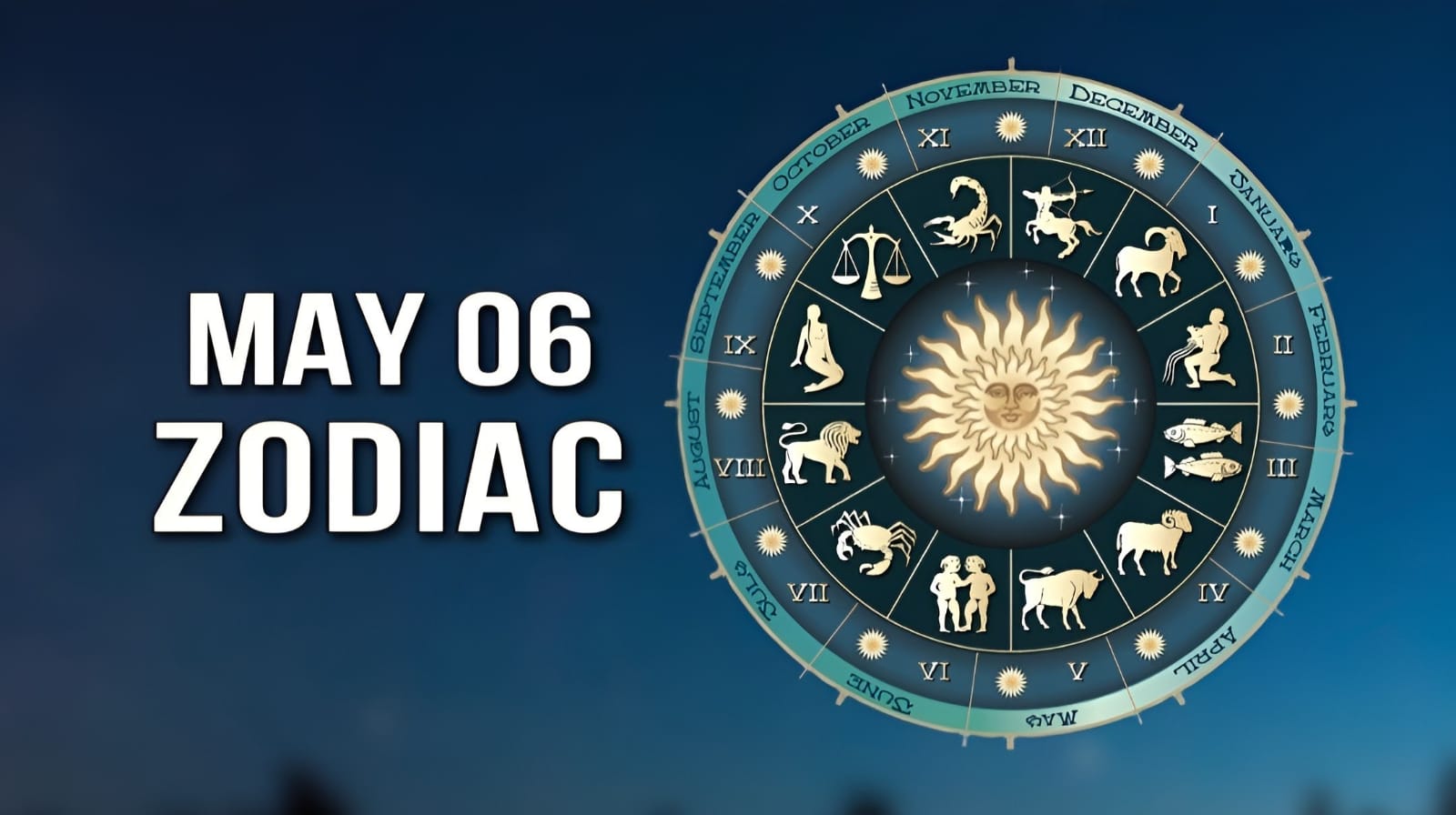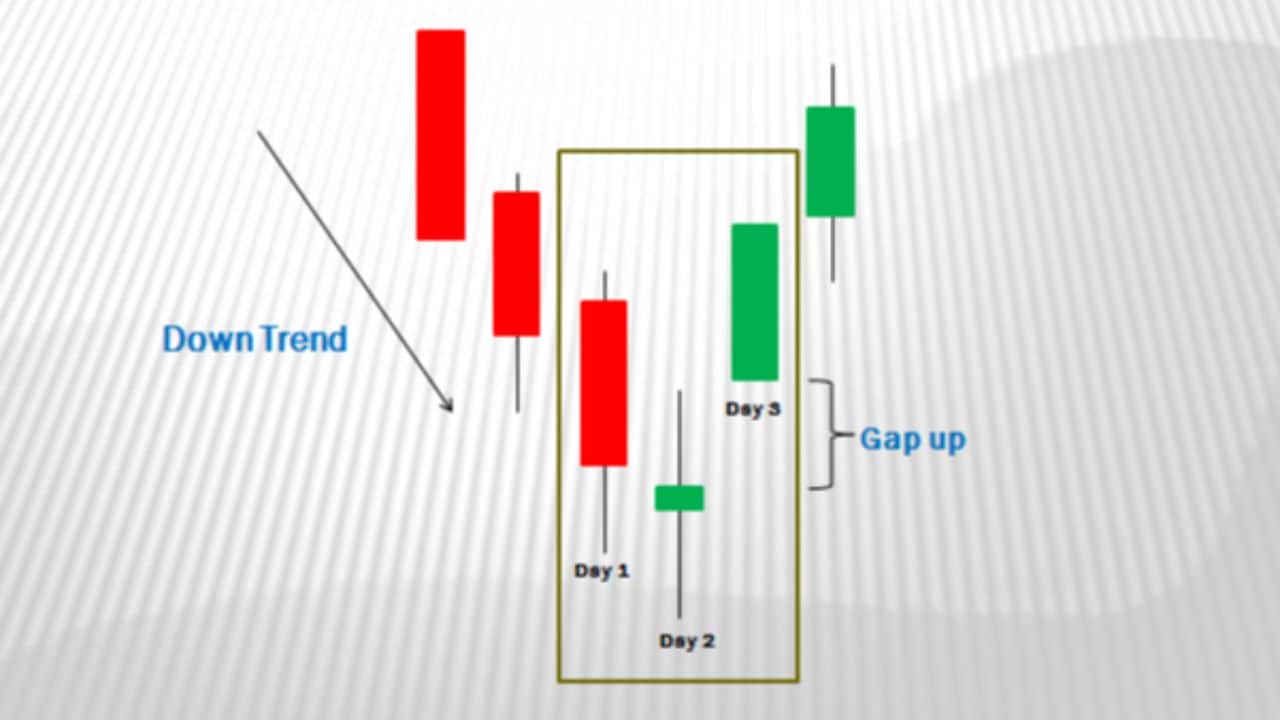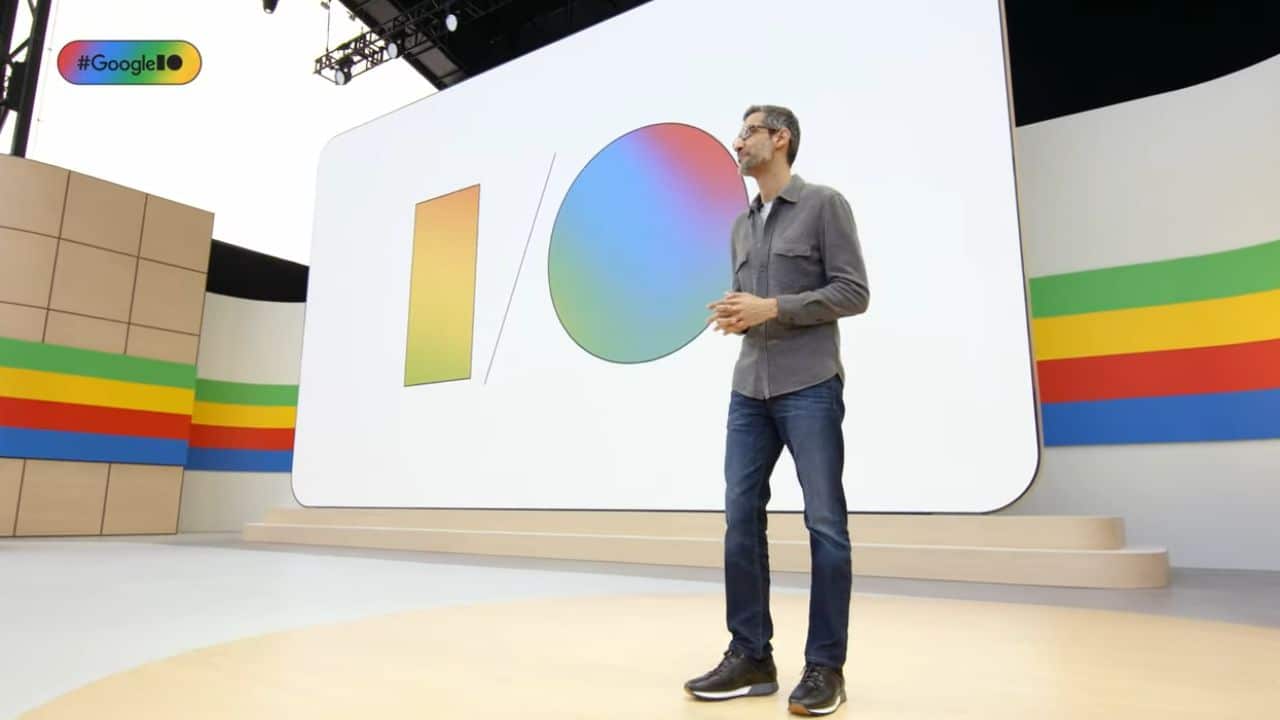Understanding the time zones in Indiana can be quite a puzzle! Did you know that this state has two different time zones? This article aims to demystify the complex concept of the Indiana time zone, walking you through its history and latest updates.
Stick around; it’s about time you figured this out!
Content Highlights
- Indiana has two time zones: the Central Time Zone and the Eastern Time Zone.
- The line between Indiana’s Eastern and Central time zones has shifted over the years, causing some towns to follow a different time zone than their formal area.
- Daylight Saving Time is observed in Indiana, with all counties changing their clocks by one hour.
- There is ongoing controversy about whether Indiana should be entirely in the Central Time Zone or continue with its current division.
Time Zones in Indiana
Indiana is located in both the Central Time Zone and the Eastern Time Zone.
There are several reasons why Indiana is in two time zones. One reason is that the western part of the state is closer to Chicago, which is in CST. Another reason is that the western part of the state is more agricultural, and farmers wanted to be in the same time zone as their counterparts in neighboring states.
The time zone division in Indiana has been a source of debate for many years. Some people argue that it is confusing and inconvenient, while others argue that it is necessary to accommodate the state’s diverse geography and economy. In recent years, several proposals have been made to change Indiana’s time zone, but none of these proposals have succeeded.
Currently, the time in Indiana is Eastern Daylight Time (EDT), which is 5 hours ahead of Coordinated Universal Time (UTC). EDT is observed from the second Sunday in March to the first Sunday in November. During the rest of the year, Indiana observes Eastern Standard Time (EST), 4 hours ahead of UTC.
Central Time Zone
In Indiana, the Central Time Zone includes 18 counties. These are in the northwest and southwest parts of the state. The time here is UTC-6 during standard time. It changes to UTC-5 when it’s daylight-saving time.
In this zone, you will find towns like Crawfordsville and Crown Point. Some places in Indiana decide to follow Central Time all year, not just for half of the year. This means they live by Central Time always, adding a twist to Indiana’s unique use of time zones!
Eastern Time Zone
The Eastern Time Zone covers most of Indiana. This includes 82 counties. Big cities like Columbus, Connersville, and Corydon also follow this time zone. Here in these places, people set their clocks to Eastern time all year round.
Over the years, the line that splits the Eastern and Central zones has moved more to the west. Some towns choose to keep Eastern Time even if they fall in the formal area of the Central Time Zone.
They do not change with official lines but stick with what works for them.
History of Time Zone Changes in Indiana
Indiana has undergone several changes in its time zone history, including before 1918, from 1918 to 1948, from 1949 to 1959, and from 1960 to 1977.
Read Also: Louisiana Time Zone: How to Stay Up-to-Date on Time Changes
Pre 1918
Before 1918, time zones did not exist in Indiana. There was no law to say what the time should be. Each place had its own time based on the sun’s position. This changed in 1918 when a Federal law made time zones for all states.
This law made The whole of Indiana go into the Central Time Zone. Congress passed this Standard Time Act, creating an order for everyone’s clocks.
1918 to 1948
From 1918 to 1948, all of Indiana was in the Central Time Zone. The United States Congress then made a law called the Standard Time Act, which established time zones across the country.
So, during those years, if you lived in Indiana, your clocks were set to Central Time. This meant that when it was noon in Indianapolis, it would also be noon in places like Chicago and St.
Louis. That’s how things were for about thirty years before some changes happened with Indiana’s time zones.
1949 to 1959
From 1949 to 1959, some big changes were happening in Indiana’s time zone. In 1949, a bill was passed that caused a lot of confusion in the state. People weren’t sure what time it was supposed to be anymore.
Around this same time, daylight-saving time became popular in Indiana. That’s when the clocks are set forward in the summer to give us more daylight hours.
In 1952, Indianapolis started observing Central Standard Time (CST) during the winter and central daylight time (CDT) during the summer. This meant they had a different time than other parts of Indiana at certain times of the year.
1960 to 1977
From 1960 to 1977, there were big changes in Indiana’s time zones. The line between the Eastern and Central time zones kept moving farther west. Counties in Indiana had different time zones, confusing for people who traveled or scheduled appointments.
A thorough study of these changes was likely published during that period.
County petitions (1977 to 1991)
Several counties in Indiana, including Pike County, petitioned the USDOT between 1977 and 1991 to change their time zones. These petitions resulted from various factors, such as the usage of daylight-saving time and requests from county commissioners.
The issue of time zone changes in Indiana has been a long-standing debate and controversy.
2005 to 2007
From 2005 to 2007, there were significant changes to Indiana’s time zones. In 2005, Mitch Daniels, the governor at the time, implemented daylight-saving time (DST) in all of Indiana.
Before this change, some counties observed Eastern Time while others observed Central Time. This divided system had been in place for many years. However, the new DST implementation meant everyone in Indiana would follow the same time zone rules.
These updates and adjustments became effective on November 4, 2007. It was a big shift for the state and brought uniformity to Indiana’s timekeeping practices.
Ongoing controversy
The ongoing controversy about Indiana’s time zones has been debated for many years. Some believe the entire state should be in the Central Time Zone, while others disagree.
This disagreement has caused divisions and disagreements among residents and policymakers alike. The Department of Transportation has proposed a compromise solution, suggesting that most of Indiana stays on Eastern Standard Time year-round, with Gary moving to Central Time.
However, this proposal is still being debated, and no final decision has been made yet. The controversy surrounding Indiana’s time zones continues to be a hot topic of discussion among its residents and those interested in the state’s timekeeping practices.
Daylight Saving Time in Indiana
Daylight Saving Time (DST) has been debated in Indiana, with changes made to its implementation over the years. Find out how DST has affected the state and why it continues to be a contentious issue for many residents.
DST in Indiana
In Indiana, Daylight Saving Time (DST) is observed. It started on April 2, 2006, and since then, all counties in Indiana have followed DST. This means the clocks are adjusted forward by one hour in the spring and set back one hour in the fall.
In 2024, DST will begin at 2 a.m. on Sunday, March 12 in Indiana. Some states have even passed laws to stay on DST permanently, and Indiana might consider this, too.
So, residents of Indiana need to remember to change their clocks during daylight saving time changes!
DST Confusion Stopped in 2006
In 2006, Indiana ended the confusion surrounding daylight saving time (DST). Before that, there were different rules for DST in different parts of the state. But in 2006, Indiana decided to observe DST statewide after more than 30 years.
This made Indiana the 48th state to adopt daylight saving time. The decision was made after a lot of debate and discussion. Since then, Indiana has been following the same DST rules across the entire state, which has helped reduce confusion and make things simpler for everyone.
Read More: The Dallas Time Zone: A Must-Know for Travelers
DST Debate
Indiana has been debating whether it is in the right time zone for Daylight Saving Time (DST). This debate has been going on for almost 100 years. All counties in Indiana change their clocks by one hour for DST.
However, a bill in the state legislature regarding DST has stalled since May 2022. The Sunshine Protection Act, which supports switching to standard time, has also stalled in the House.
The outcome of this ongoing debate will impact how Indiana handles daylight saving time in the future.
Central Time Coalition
The Central Time Coalition in Indiana is a group that wants the entire state to be on Central Standard Time. They don’t think switching between Eastern and Central Time is necessary.
Their goal is to have one time zone for the whole state. This could affect people, businesses, and the government in Indiana. The coalition is also involved in discussions about daylight-saving time in Indiana.
They have even started a petition asking for permanent Central Standard Time throughout Indiana.
Indiana’s Current Time Zone Status
Indianapolis follows the Eastern Time Zone, while some Indiana counties are in the Central Time Zone.
Current time in Indianapolis
Indianapolis, Indiana, is currently in the Eastern Time Zone. That means it is 5 hours behind Coordinated Universal Time (UTC-5). Right now, the local time in Indianapolis is 109 minutes ahead of apparent solar time.
If you’re curious about sunrise and sunset times or want to know what the weather is like, you can find that information, too. Remember that Indianapolis follows Eastern Time because of its location in Indiana.
Indiana Counties in Central Time Zone
Indiana is split between two time zones, with most of the state observing Eastern Time. However, 12 counties in the state follow Central Time due to their closer proximity to regions in Illinois. Here is a list of the counties in the Central Time Zone:
- Daviess
- Dubois
- Gibson
- Knox
- Martin
- Perry
- Pike
- Posey
- Spencer
- Vanderburgh
- Warrick
- Newton
- Starke
These counties, located in Northwestern Indiana and around Evansville, have been observing Central Time since Indiana’s time zone status was established in 2006. Being on Central Time makes more sense for these regions due to their proximity to Chicago and other areas in Illinois. This division of time zones makes daily life more convenient for residents of these counties. All counties in Indiana adhere to Daylight Saving Time.
Time Zones of Oft-Traveled Indiana Cities and Towns
Understanding the time zones of oft-traveled cities and towns in Indiana can help you plan your travel or work schedule efficiently. Here is a handy reference to the time zones of some of the most frequently visited places in Indiana:
| City/Town | Time Zone |
|---|---|
| Indianapolis | Eastern Time Zone |
| South Bend | Eastern Time Zone |
| Spencer | Eastern Time Zone |
| Tell City | Central Time Zone |
This table provides an easily accessible guide to adjusting your clocks when visiting these cities. Remembering these time zones when scheduling meetings, making travel plans, or simply calling a loved one in another part of the state is beneficial.
Indiana Time Zone Information
Get all the resources, tools, and information you need to understand Indiana’s time zones and stay updated with the latest changes.
IN.gov Resources
If you want to know about Indiana’s time zones, IN.gov is a great resource. It has all the information you need, including the latest updates and changes. You can find details about the Central and Eastern Time Zone in Indiana.
The website also offers tools to help you understand Indiana’s time zones better. Whether planning a trip or managing your schedule, IN.gov is the place to go for reliable and comprehensive information on Indiana’s time zones.
State Information Center
The State Information Center is a great resource for all your questions about Indiana’s time zones. They provide up-to-date information on Indiana’s current time zone status, including any upcoming changes or announcements.
Whether you’re planning travel or want to stay informed, the State Information Center can help. With reliable and accurate information, they are your go-to source for everything you need to know about Indiana’s time zones and daylight saving time.
Don’t miss out on this valuable resource!
Time Zone Tools
Time Zone Tools are important resources for keeping track of the time zones in Indiana. These tools help us know the correct time in different parts of the state, which is especially useful when scheduling events, meetings, and travel arrangements.
With Time Zone Tools, we can easily convert between Central Time and Eastern Time in Indiana. They also provide information on whether daylight saving is observed in different counties.
So, if you’re planning a trip or need to coordinate with someone in another part of Indiana, these tools will be very helpful!
Also Read: Mastering GMT Time Zone
How Indiana Went from ‘God’s Time to Split Zones and Daylight Saving
Indiana’s time zone has undergone significant changes throughout its history, transitioning from a single time zone known as “God’s Time” to split zones and implementing daylight saving.
History of time zone changes in Indiana
Over the years, Indiana has experienced several changes in its time zones. The official dividing line between the Eastern and Central time zones has gradually moved westward. In 1918, a federal law called the Standard Time Act placed Indiana in the Central Time Zone.
However, from 1949 to 1959, there was a brief period when some parts of Indiana observed Eastern Time while others remained in the Central Time Zone. This confused and led to further controversies and debates.
Eventually, county petitions were allowed from 1977 to 1991 for areas wishing to switch their time zone designation. From 2005 to 2007, another round of time zone changes occurred, leading to ongoing controversy regarding which counties should be part of each time zone.
Implementation of daylight saving
Daylight saving time was implemented in Indiana, which created changes in the state’s time zones. Before 2006, some counties did not observe daylight saving time, causing confusion and inconsistencies.
With the implementation of daylight saving, residents had to adjust their clocks forward or backward depending on the season. This change had a significant impact on how time was observed in Indiana.
However, it also caused complexity and confusion for many people. The implementation of daylight saving has been controversial in Indiana, with debates about whether it should be followed or abandoned altogether.
Controversies and debates
Indiana has experienced controversies and heated debates surrounding its time zone changes and the implementation of daylight saving time. These disputes have been ongoing for many years, with disagreements over which time zone the state should be in.
The confusion began with daylight saving time, making it difficult to determine the boundaries for Indiana’s two local time zones. This has led to ongoing discussions about whether Indiana is currently in the correct time zone or whether changes should be made.
Recently, a federal proposal called the Sunshine Protection Act could make daylight saving time permanent in Indiana, adding more fuel to these controversies and debates.
Importance of Understanding Indiana’s Time Zones
Understanding Indiana’s time zones is crucial for travel and scheduling, as it can impact arrival times and appointments. It also has significant implications for businesses operating in the state, ensuring coordination with clients or partners in different time zones.
Moreover, understanding the time zones can provide personal convenience when planning activities or coordinating with friends and family across Indiana.
Impact on travel and scheduling
Understanding Indiana’s time zones is crucial for planning travel and scheduling events. The split in time zone boundaries across the state can create challenges when coordinating school, sports, social gatherings, church services, and civic events.
With 17 adjacent counties being divided by the time zone line, it becomes necessary to consider different time zones within a relatively small geographic area. Additionally, 12 counties in Indiana follow the Central Time Zone for convenience.
These variations in time zones can cause confusion and difficulties in arranging meetings or traveling between different regions of the state. Awareness of these differences is essential for ensuring smooth operations and avoiding any unintentional disruptions caused by conflicting schedules or misunderstandings related to local times.
Business implications
Understanding Indiana’s time zones is crucial for businesses operating in the state. The division of Indiana into two time zones, the Central and the Eastern Time Zone, can have significant business implications.
It can be challenging for companies with operations or clients in both time zones to schedule meetings and coordinate activities effectively. Miscommunications regarding meeting times can lead to delays and disruptions.
Moreover, businesses must ensure effective communication and coordination with employees, partners, and clients across different time zones. This requires careful planning, scheduling flexibility, and clear communication about which time zone applies to specific locations.
Additionally, the division of Indiana into two time zones may impact social and economic interactions within the state. It can create challenges for businesses that operate statewide or rely on cross-state collaborations.
Personal convenience
Indiana’s division of time zones aims to make things more convenient for residents. Federal law determines the time zone boundaries in Indiana, which contributes to personal convenience.
This means people can rely on a consistent time frame when planning activities or making appointments. However, it’s important to note that the time zone change in Indiana is not uniform and can vary depending on the location.
For example, Indianapolis, the capital of Indiana, is located in the Eastern time zone, which may provide personal convenience for its residents. Overall, understanding and adapting to Indiana’s time zones can help enhance personal convenience and ensure smoother scheduling for both individuals and businesses in the state.
Latest Updates and Changes in Indiana’s Time Zones
Find out the current time zone status in Indiana upcoming changes, and stay informed about relevant news and announcements. Explore the latest updates on Indiana’s time zones to stay current with any changes affecting your travel or scheduling plans.
Current time zone status
Most of Indiana follows Eastern Time, but 18 counties in the state are in the Central Time Zone. So, if you’re planning to travel within Indiana or schedule a meeting, check the specific time zone of your destination.
All counties in Indiana observe Daylight Saving Time, so don’t forget to adjust your clocks accordingly. Some communities in Indiana choose to stay on Central Time year-round, even though they technically belong to the Eastern Time Zone.
It’s important to remember these time zone differences for smooth travel and scheduling.
Upcoming changes
There are upcoming changes to the time zone in Indiana. On February 14, 2024, the state will have a time change. It is important to note that all counties in Indiana adjust their clocks by one hour during Daylight Saving Time (DST).
While it is unclear whether Indiana has abolished DST based on the information provided, a federal proposal could reignite the debate about the state’s time zone. These upcoming changes may have an impact on travel and scheduling, as well as business operations and personal convenience.
Relevant news and announcements
Speed cameras will be installed in some Indiana work zones by mid-2024 under a new state law signed by Gov. Eric Holcomb. This announcement aims to increase safety and reduce speeding in construction areas, protecting both workers and drivers.
The cameras will capture images of vehicles exceeding the speed limit and issue fines to the drivers. By implementing this law, Indiana hopes to create safer road conditions for everyone in work zones.
Frequently Asked Questions (FAQs)
If you want to know more about the Indiana Time Zone, check the answers below.
1. What time zone is Indiana in?
Indiana is in the Eastern Time Zone, except for a small portion of the state, which observes Central Time.
2. Does Indiana observe Daylight Saving Time?
Yes, most counties in Indiana observe Daylight Saving Time and adjust their clocks forward one hour in the spring and back one hour in the fall.
3. How does Daylight Saving Time affect Indiana’s time zone?
During Daylight Saving Time, Indiana follows Eastern Daylight Time (EDT) or Central Daylight Time (CDT), depending on which part of the state you are in. This means that clocks are set forward by one hour during this period.
4. Are there any recent updates or changes to Indiana’s time zone?
As of now, there have been no recent updates or changes to Indiana’s time zone regulations. However, it’s always best to stay informed through official sources for any potential future changes.



